Photograph minimalistically and find beauty in simplicity
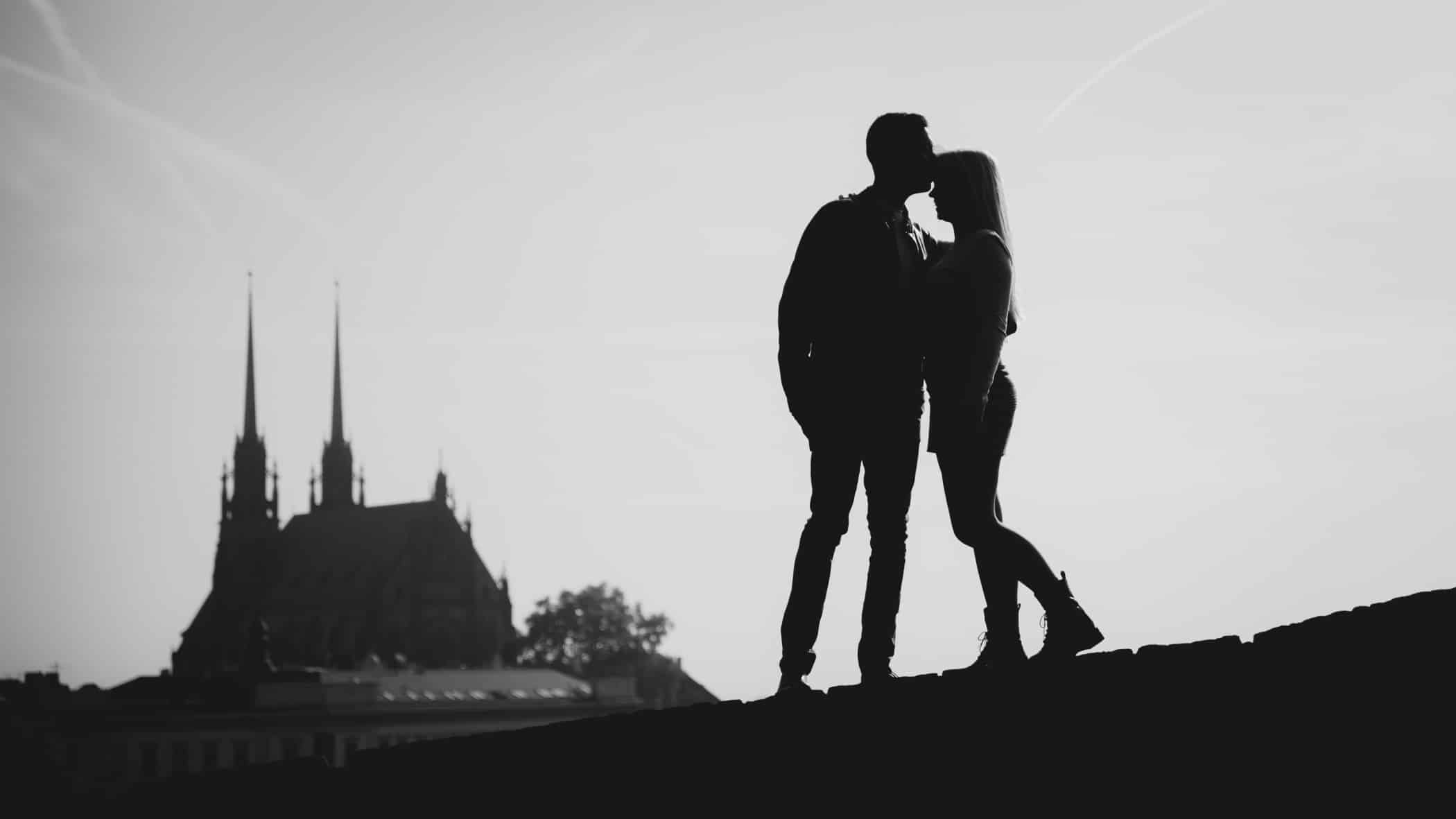
One growing trend of our age is the search for simplicity. It’s expressed in nearly everything—from our style of dress to what we eat to the buildings where we live. This minimalism also has its place in art. And art may have stood at its beginnings. Remember the pioneering Bauhaus school, which emphasized the use of basic colors and shapes, clean lines, and overall clarity across all styles. This school’s heritage lives on in many fields—including photography.
How can a minimalist approach help you in photography? First of all, it assists you in clearly and directly communicating the idea you want to express. Simplifying your composition or using a minimum of colors helps to aim your audience’s attention towards a specific object. Seeking such scenes can be a great photographic exercise. You’ll learn to find order in a chaotic scene and rid it of excess information. But let’s take a look at some concrete examples of how to apply minimalism in individual genres.
Landscape photography
Landscapes are perhaps the best and simplest environment for finding minimalist compositions. Just about all of us have been mesmerized at some point by the vastness of a body of water—perhaps a river, perhaps an ocean. In this monolithic whole, you can seek boats, jutting rocks, or distant islands that give a good foundation for a minimalist composition.
Different objects in a landscape can be effectively isolated from their surroundings in a snowy or foggy landscape as well. In both of these, you can seek various shapes within their white space, vertical and horizontal lines that then underscore the feeling of calm wafting from these compositions.
Meanwhile minimalism can also be achieved by working with light. And not just in landscape photographs. Strong backlighting creates black silhouettes that infuse a composition with simplicity and often mystery as well. Backlighted objects evoke questions, because we don’t precisely know what is hidden in the shadows.
Architecture
In architecture, there are several elements you can harness to achieve simplicity. The first are lines and geometric shapes. They should be simple and direct, and the composition should not be overburdened with them. Modern and postmodern architecture are especially good here. Out of the cities of Europe, e.g. Rotterdam in the Netherlands, Bilbao in Spain and Oslo in Norway are especially suitable.
But you don’t have to stick to northern and western Europe. You can also find great buildings for work with minimalism in the former East Bloc. The post-Soviet space is all the more attractive for how little-known some of its buildings are. You can create minimalist compositions starting from many architectural styles, but it will be a greater challenge with richly ornamented Gothic or Baroque architecture.
The architecture of the twentieth century tends to be full of colors, in which you can also seek simplicity. You should combine a minimum of colors, while also paying attention to their composition. For example you can tune the colors towards a single tone—or place two contrasting colors against each other.
See also: Coloring Step by Step I: Color Theory.
Minimalism in details
Details are not bound to one specific environment; you can seek them everywhere—in architecture or nature or on the street. When the whole is too structured, you can try focusing on just one of its parts, in which you discover an interesting composition. A detail can then easily veer out to abstraction, leaving your audience to stop and think: What am I actually seeing?
Photographing people
Framing a person in a simple composition is definitely harder than seeking simplicity in a landscape or architecture. Photographing people takes practice and above all readiness. The best way to practice it is through street photography. Find a place with good light in advance and wait until an interesting person enters it.
Or you can look for interesting places at the city’s edge and frame passersby within them. It’s sometimes surprising how many interesting colors and structures a person can find outside the tourist hot spots. You also shouldn’t forget the above-mentioned human silhouettes, which work just as well on the street as they do in open landscapes.
Photographing animals
The same rules apply when photographing animals as with people; you just sometimes need a little more keenness, speed, and dexterity. Animals react quickly, and often unexpectedly—and to succeed at an attractive minimalist composition, you also need a bit of luck.
Don’t forget that animals don’t have to be shown in full in a minimalist composition. Focus on an animal’s specifics (its ears, tail, beak, etc.) and try to display them independently. The resulting composition can be not only interesting, but amusing too.
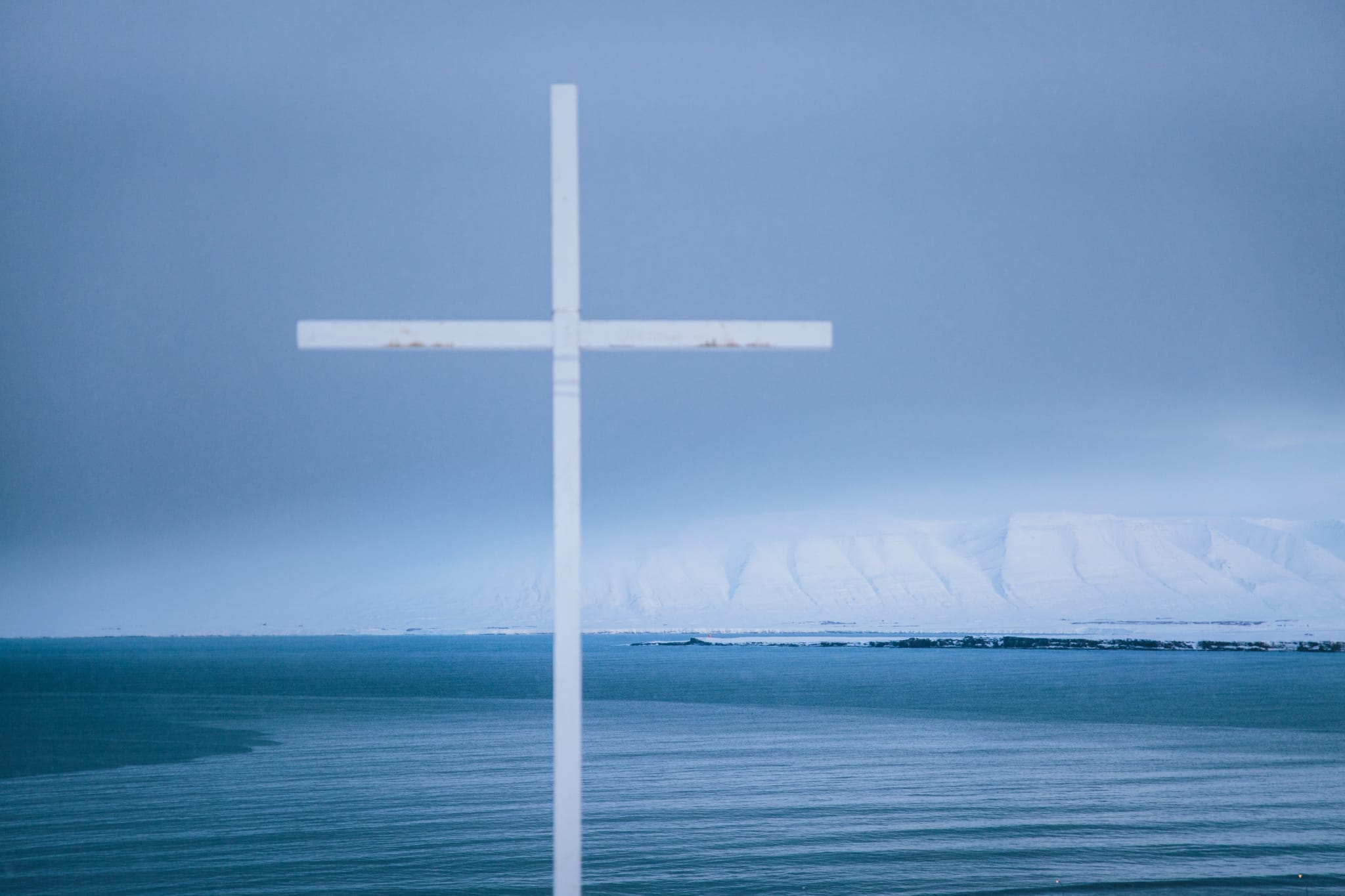
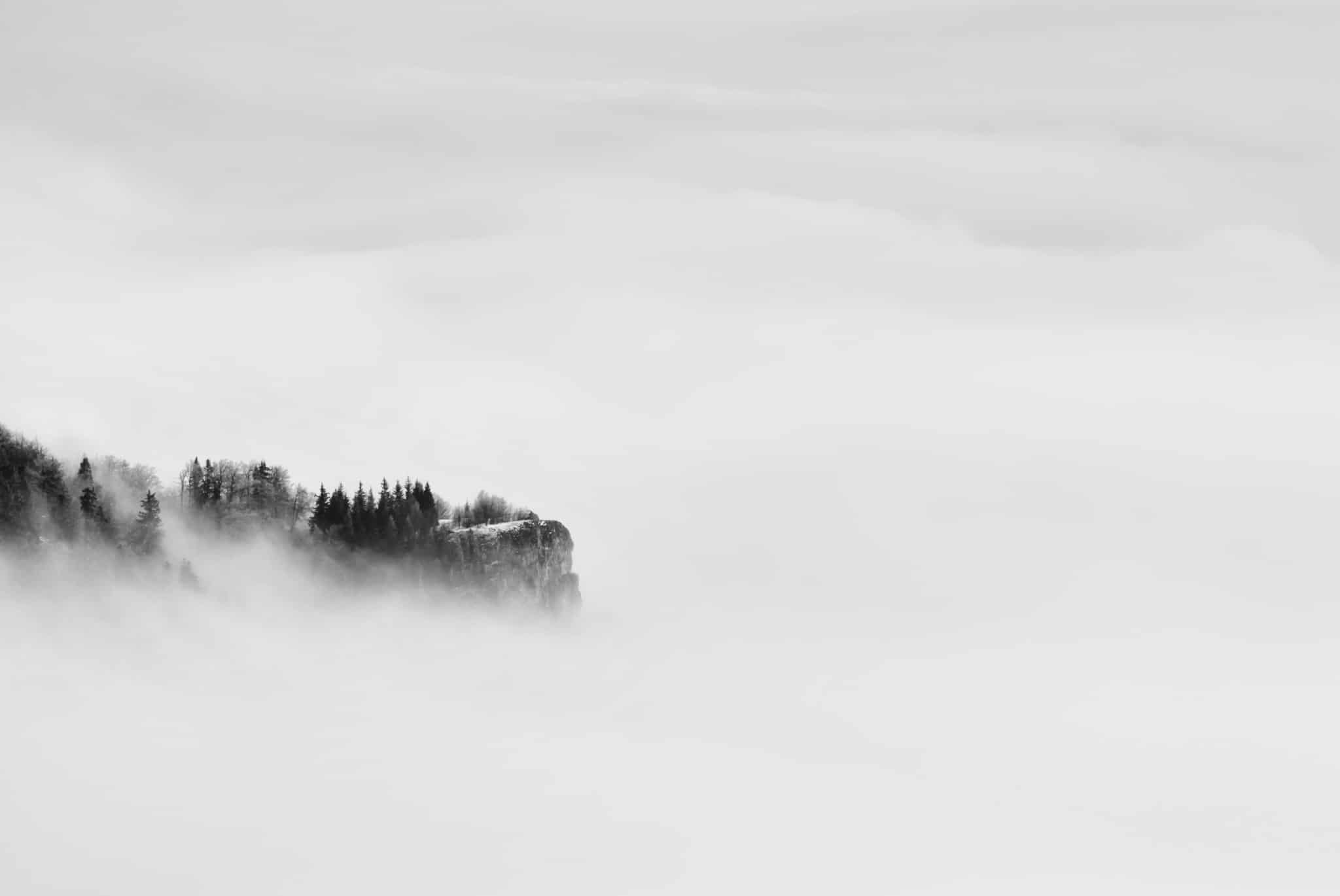
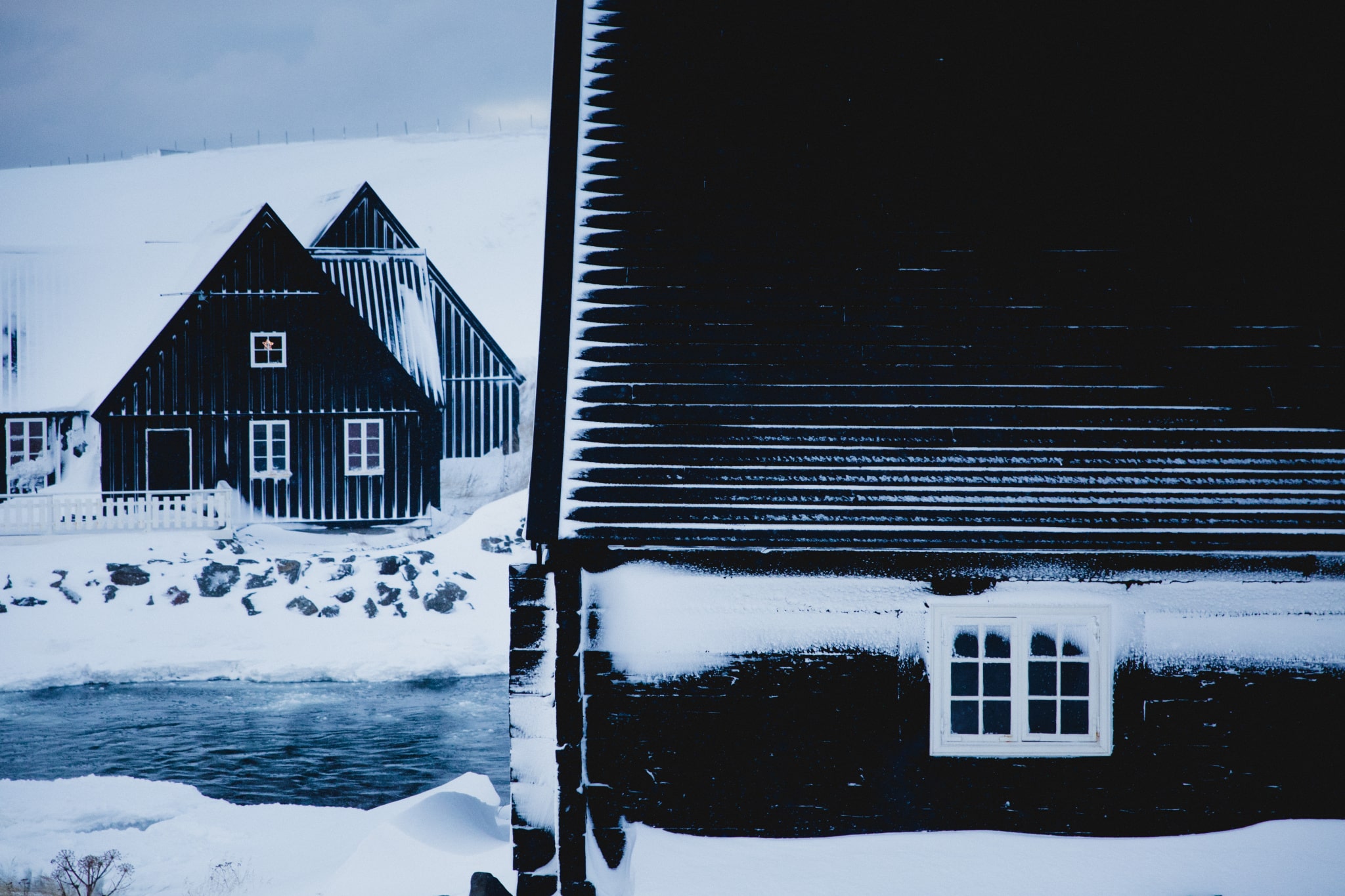
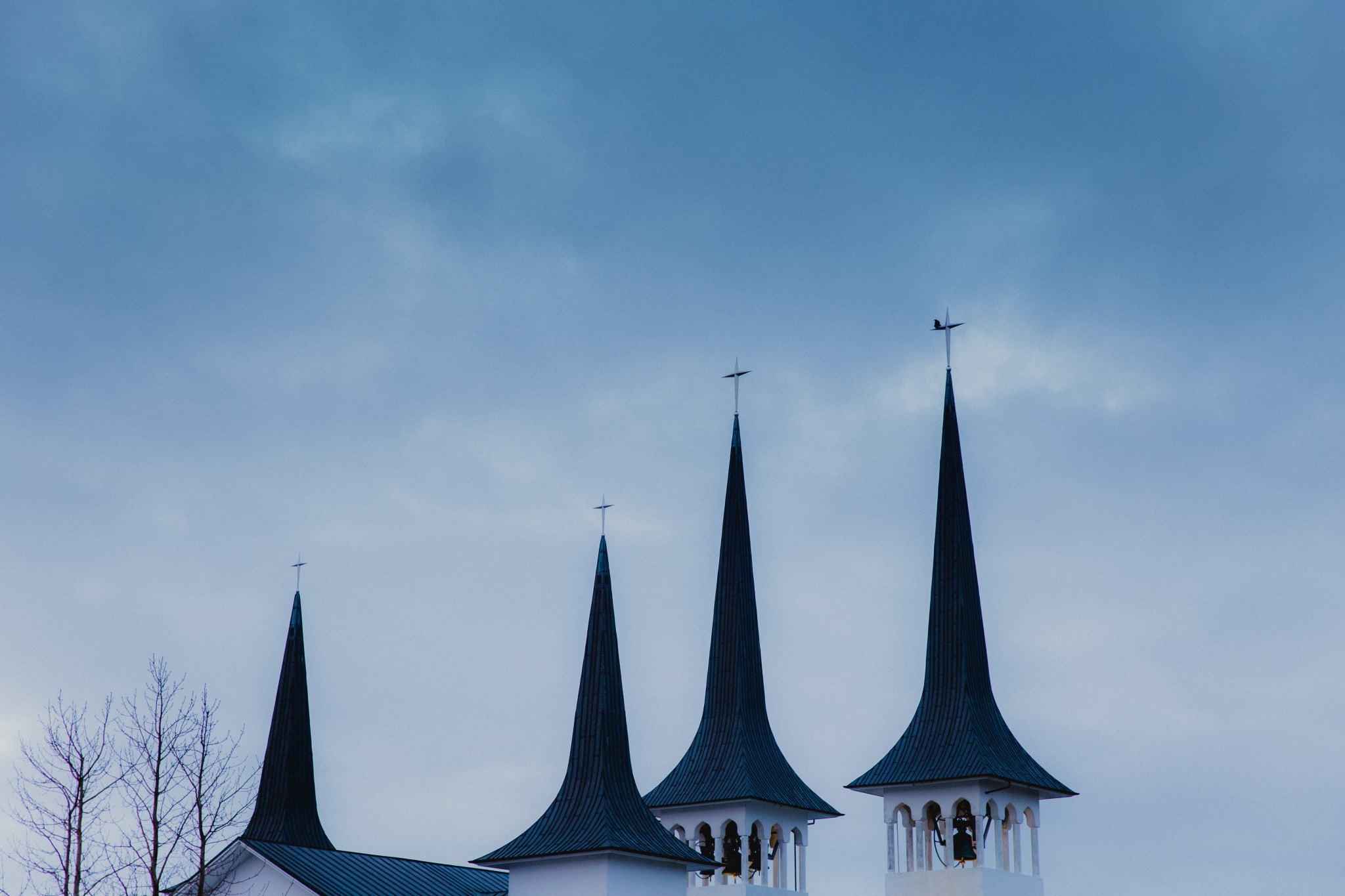
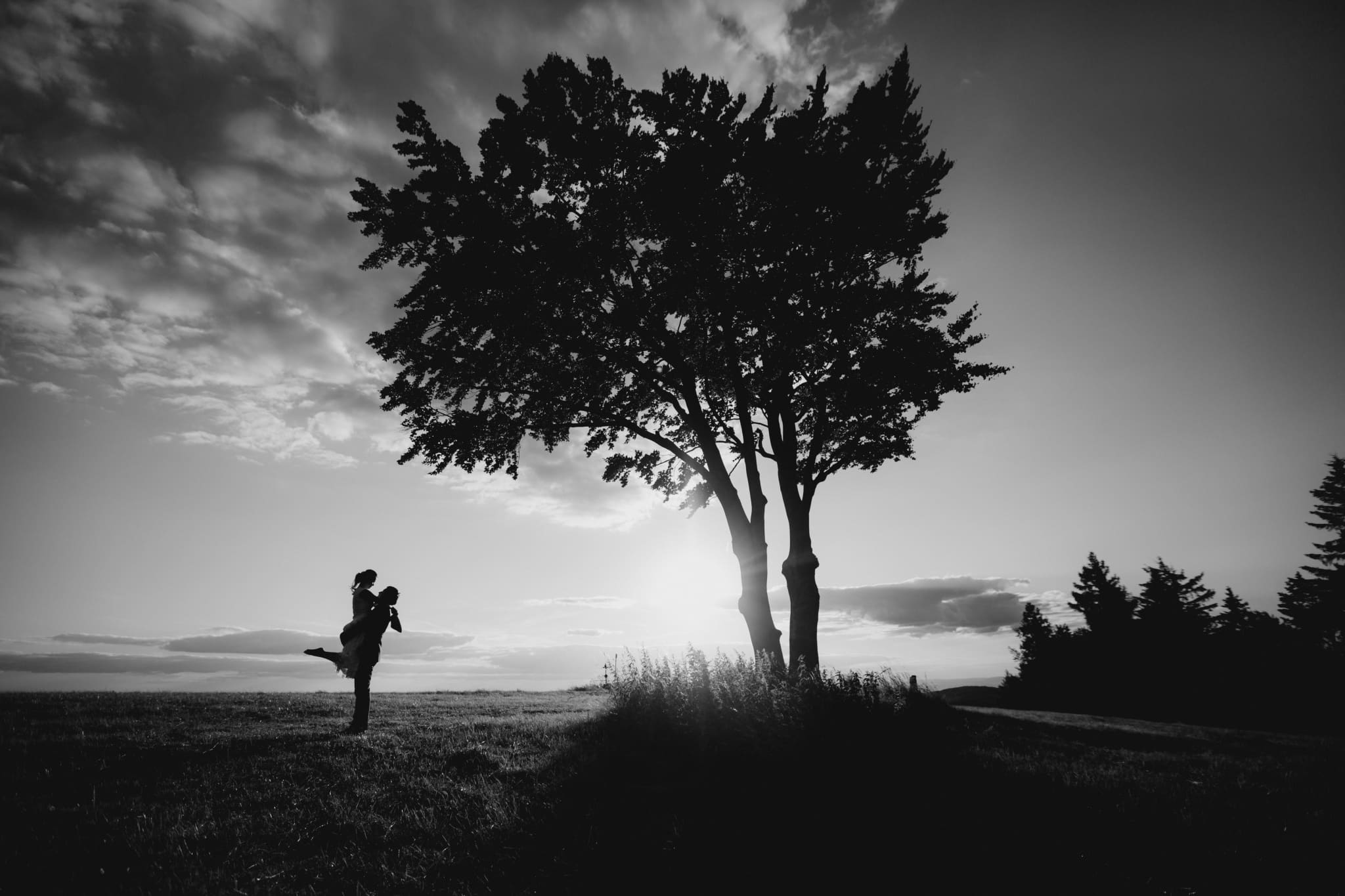
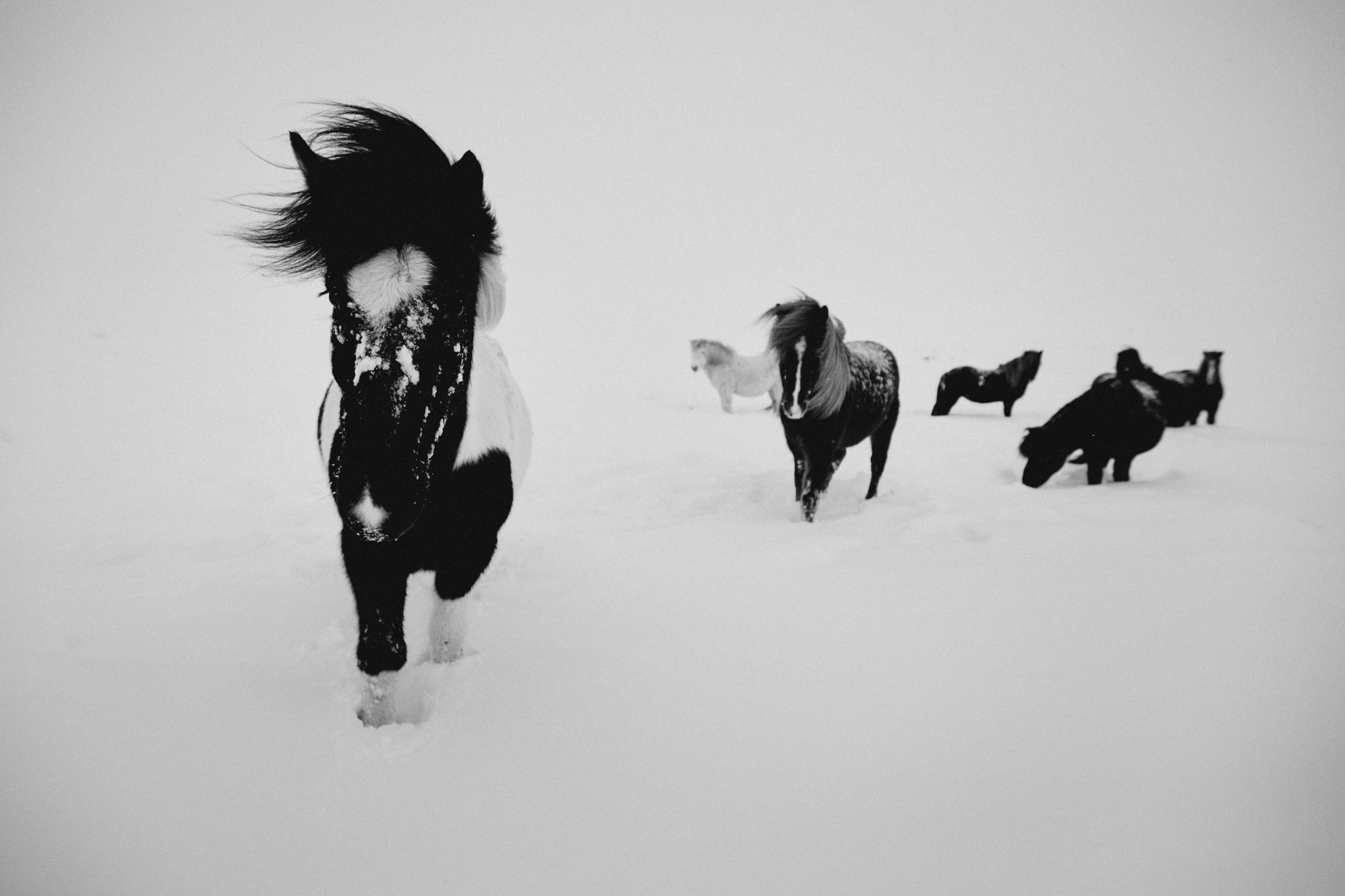
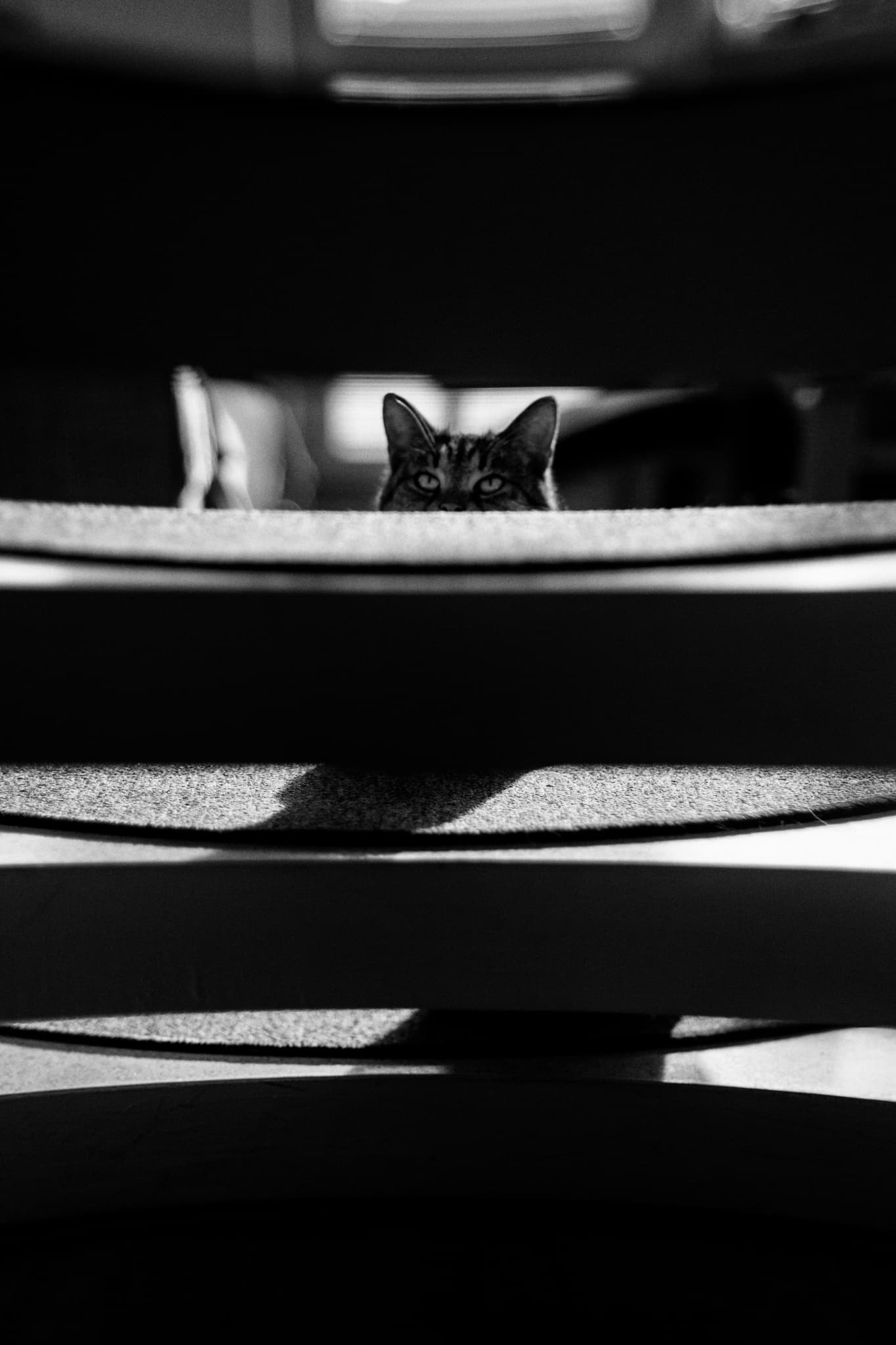
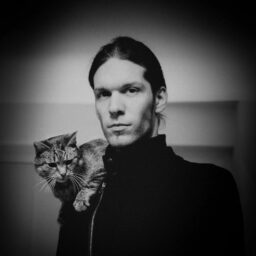
There are no comments yet.